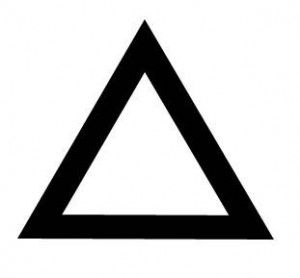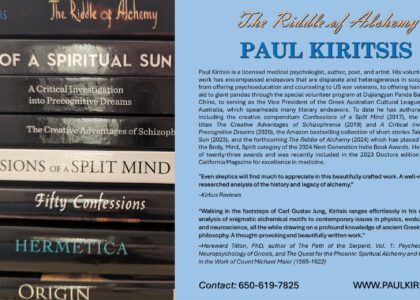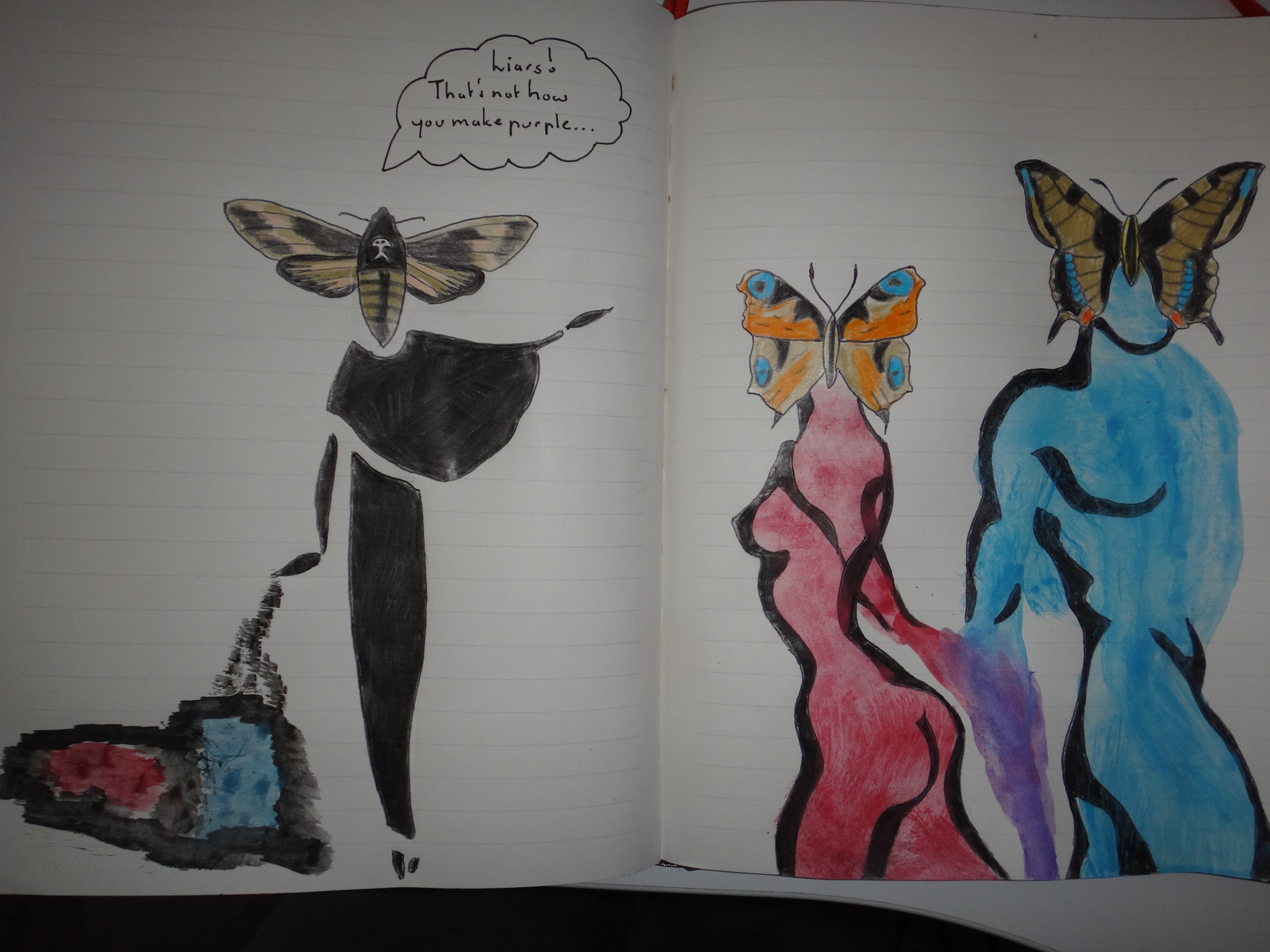
Fire is the most revered of the four ethereal elements. In ancient times, its inextricable connection to the sun rendered it of utmost importance as the source of life and all creation. In the temples of many solar deities, fire would burn unremittingly in the innermost sanctuary, or the holy of holies, where it symbolised the undefiled first matter, the Empyrean of God. Heraclitus of Ephesus (535-475bce), a contemporary of Anaximenes of Miletus (584-28bce), was the first intellectual and philosopher to identify fire as the most pivotal of the differentiating elements of the original chaos, the prima materia, as well as the foremost quality defining the latter. He posited that fire was the active and only mover behind elemental rotation, that is, the transformation of the four elemental properties into one another–earth into water, water into air, air into fire, and fire into earth again. By this virtue, it made perfect sense that the underlying cause of all phenomena, the manifestations of the noumenal world, as well as fundamental change through chemical processes including calcination, coagulation, distillation, sublimation and dissolution could be attributed to the subtle action of ethereal fire.
This pre-Socratic notion infiltrated the classical world entirely, for philosophers of the likes of Pythagoras, Empedocles, Plato and Aristotle all agreed that the primordial substance or the receptacle of matter was probably an intangible fire of sorts. It was theorised to be triune or threefold in nature, possessing an ethereal or celestial, a subterranean and a terrestrial equivalent. The element exhibits the fundamental properties of hot and dry, and its material manifestation as the oxidisation of a particular substance through combustion is an immediate and exoteric expression of the former’s quintessential aspects–its boundlessness, inscrutability and its propensity to purify and generate; its ability to rise and illuminate; and its relentless activity and elasticity. In contradistinction to water which was envisioned to be feminine in nature and connected with the colour green, fire was masculine and linked with red. If the elements were ordered according to the compass of all possible movements, fire would come first. Unlike the other three first differentiations of the prima materia which exhibit multiple tendencies, fire remains faithful to just one–the condition of rising. In alchemical treatises and in the realm of esotericism, it is symbolised by a triangle.








